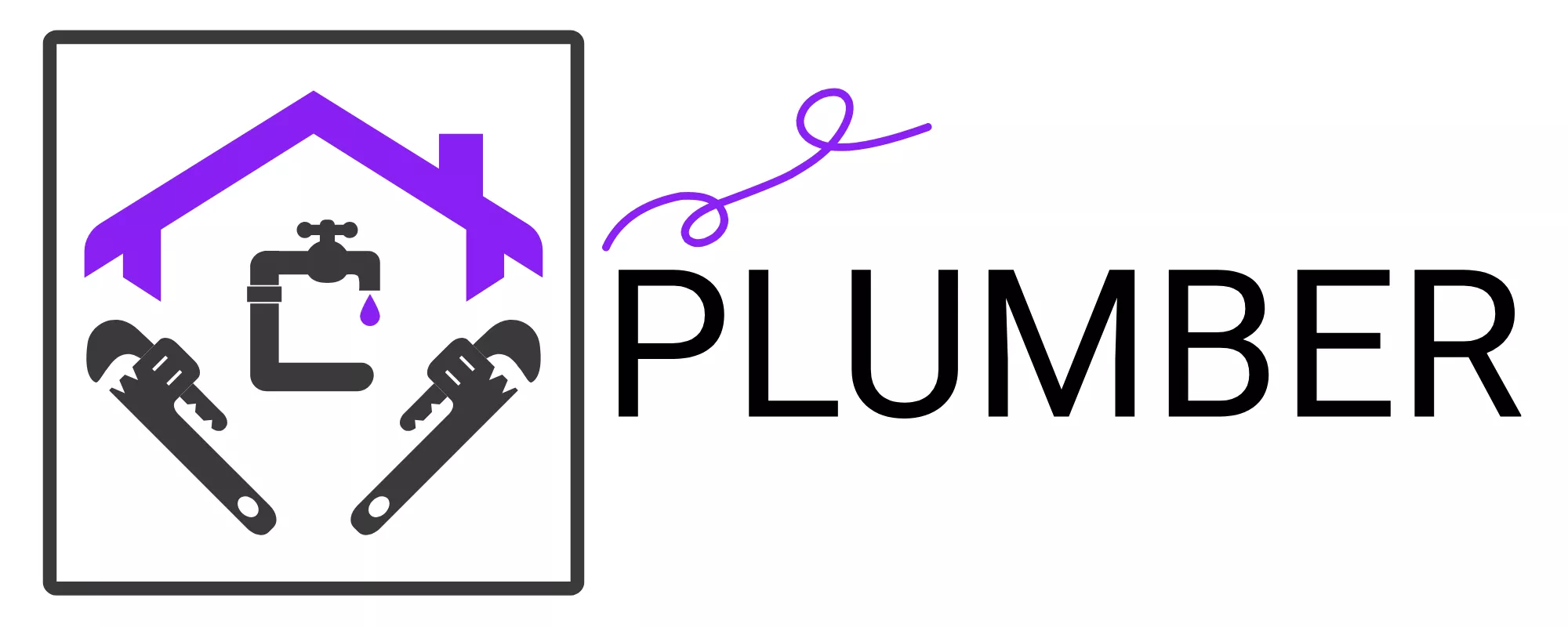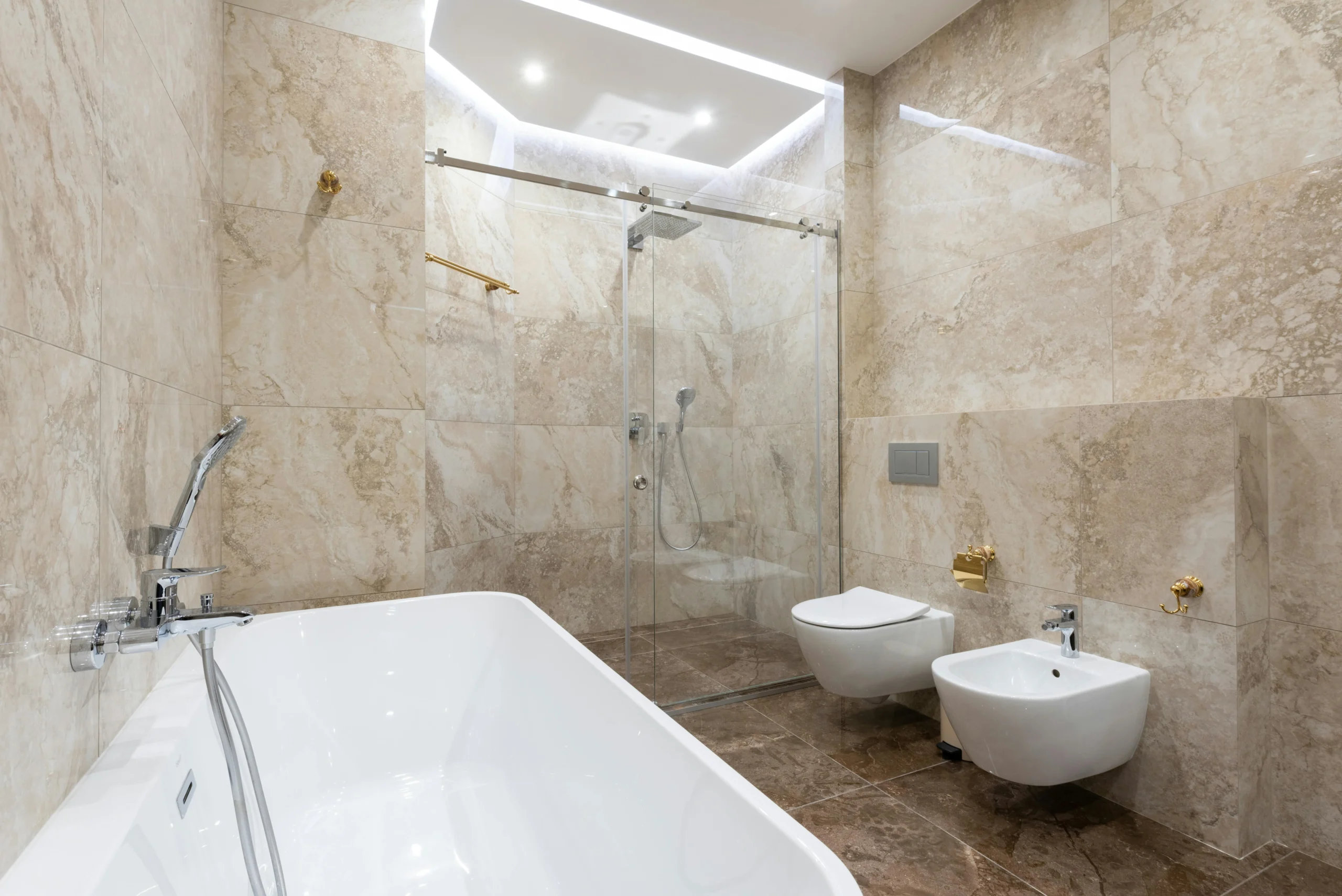Toilet & Faucet Repair and Replacement – Professional Plumbing Services
Introduction
Toilets and faucets are two of the most frequently used fixtures in any home or business. When they stop working properly, it can disrupt your daily routine and waste water — leading to higher utility bills.
From a constantly running toilet to a dripping faucet, plumbing issues can range from minor inconveniences to major problems. In this article, we’ll explore common toilet and faucet issues, the repair and replacement process, and tips to prevent future problems.
1. Common Toilet Problems and Their Causes
a) Constantly Running Toilet
This is often caused by a worn-out flapper or faulty fill valve, which allows water to continuously flow into the bowl.
b) Weak or Incomplete Flush
Mineral deposits, clogs, or low water levels can prevent a strong flush.
c) Leaking Toilet Base
A damaged wax ring or loose bolts can cause water to leak onto the floor.
d) Clogs
Too much toilet paper, foreign objects, or sewer line issues can block the toilet drain.
2. Common Faucet Problems and Their Causes
a) Leaky Faucet
Worn-out washers, O-rings, or valve seats can cause persistent dripping.
b) Low Water Pressure
Clogged aerators, mineral buildup, or supply line issues are often to blame.
c) Rust or Corrosion
Older faucets may show signs of wear, affecting water quality and appearance.
d) Handle or Spout Damage
Loose handles or cracks in the spout require immediate attention.
3. Repair vs. Replacement – Which is Right for You?
The decision depends on the extent of damage, fixture age, and repair costs.
- Repair is ideal for minor issues like replacing washers, tightening bolts, or clearing clogs.
- Replacement is best when the fixture is old, damaged beyond repair, or outdated in style and efficiency.
Modern toilets and faucets are designed for water efficiency, meaning replacing old units can save money in the long run.
4. The Professional Repair Process
For Toilets:
- Diagnose the issue using inspection and testing.
- Shut off water supply to avoid flooding.
- Replace faulty parts like the flapper, fill valve, or wax ring.
- Test for leaks and ensure proper flushing.
For Faucets:
- Identify the faucet type (compression, ball, cartridge, or ceramic disc).
- Disassemble the faucet to access damaged components.
- Replace washers, cartridges, or seals as needed.
- Reassemble and test for smooth operation.
5. The Replacement Process
Toilet Replacement Steps:
- Remove the old toilet carefully to avoid damaging flooring.
- Install a new wax ring to create a watertight seal.
- Position the new toilet, secure bolts, and reconnect the water supply.
- Test flush to ensure no leaks.
Faucet Replacement Steps:
- Turn off water supply and disconnect old faucet.
- Install new faucet, making sure all seals and connections are tight.
- Attach supply lines and test water flow.
6. Benefits of Professional Plumbing Services
- Expert Diagnosis – Prevents recurring issues.
- Quality Parts – Professionals use durable, long-lasting components.
- Time Savings – Repairs and replacements are done quickly and correctly.
- Warranty – Many plumbers offer guarantees on their work.
7. Preventing Toilet and Faucet Problems
- Avoid flushing non-flushable items (wipes, cotton pads, feminine products).
- Clean aerators and showerheads regularly to remove mineral buildup.
- Check for leaks every few months to prevent water waste.
- Use water softeners in hard water areas to reduce scaling.
8. Cost Factors
Prices vary depending on:
- Fixture type and brand
- Extent of repairs needed
- Labor rates in your area
- Additional plumbing work required
While DIY might seem cost-effective, improper repairs can cause bigger problems and higher costs later.
Conclusion
Your toilet and faucet are small but essential parts of your plumbing system. Keeping them in good condition saves water, prevents damage, and ensures comfort.
Whether you need a quick fix or a complete replacement, hiring a professional plumber ensures the job is done efficiently, safely, and up to code.
By addressing issues early and maintaining your fixtures, you can extend their lifespan and avoid expensive emergencies in the future.

